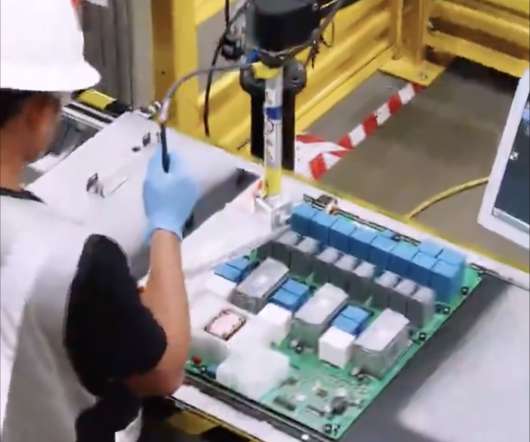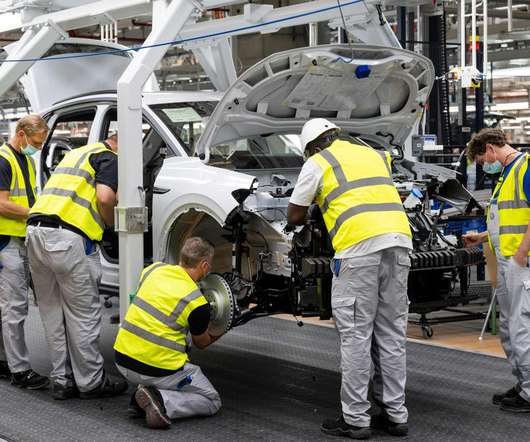Tesla shows off new Megapack production facility in California
Teslarati
NOVEMBER 4, 2022
Tesla has a new Megapack production facility in Lathrop, California, and via a post shared on Instagram, the company shared some impressive statistics. When the facility was first announced, many were hopeful that the new production line would help the company meet the dramatically increasing demand for Tesla energy products.














Let's personalize your content